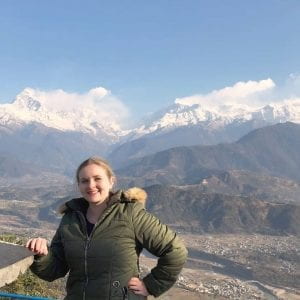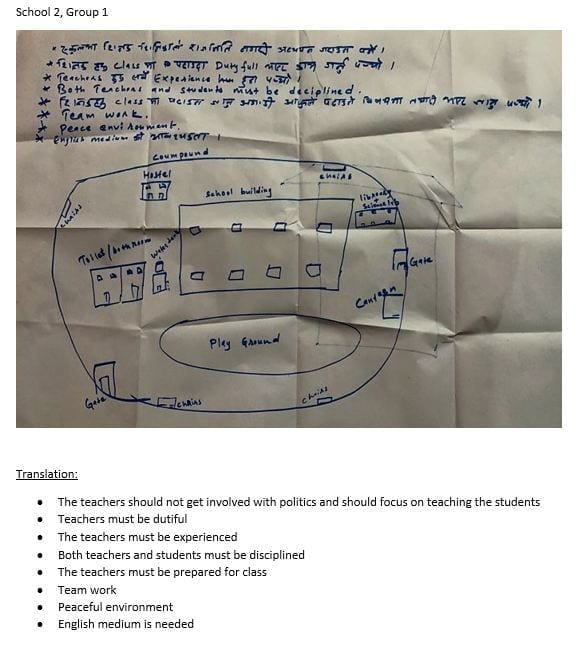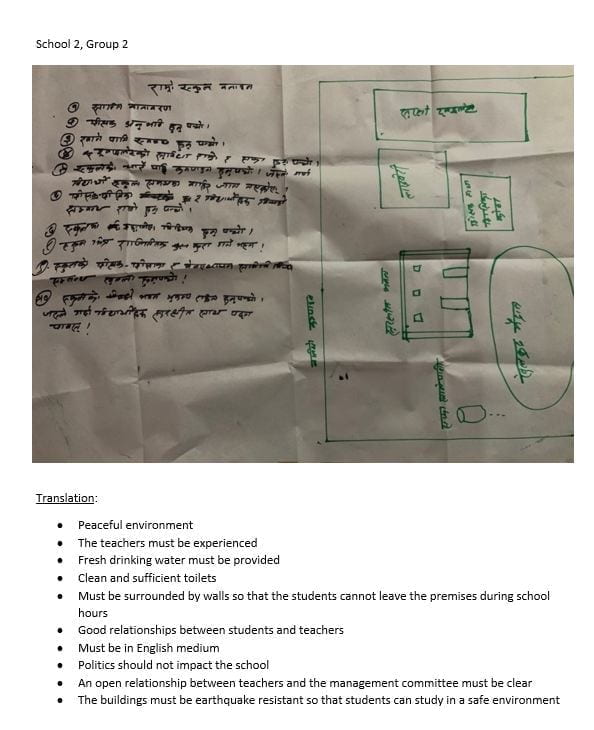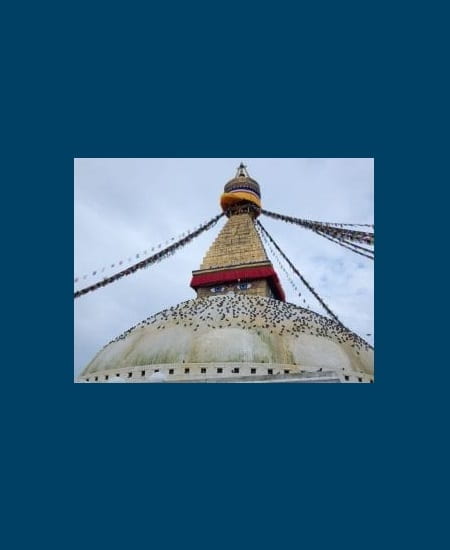
When I first began thinking about conducting research in Nepal for my master’s thesis, I wondered how I could address the language gap between myself and research participants. To better understand how quality education is perceived in the local context, I decided it would be necessary to conduct interviews with school headmasters, teachers, and parents. Having lived in Nepal for eight months as a Fulbright English Teaching Assistant (ETA), I speak Nepali at a beginner level but not well enough to capture the full-meaning of interviews conducted in Nepali. Immediately, I knew that it would be necessary to have a translator. Yet, additional questions emerged involving the amount of time and effort it would take to fully understand the meaning of interviews and what might get lost in translation.
When thinking about sample size, the amount of time I would have to collect data, and how to most quickly and accurately conduct interviews, I asked myself who within my participant population would most likely be able to be interviewed in English and who would need to be interviewed in Nepali. Having been a guest teacher or teacher trainer at all of the schools included in my sample population, I understood that most headmasters and teachers would be able to be comfortably interviewed in English. Since interviews conducted in English would take less time to conduct and analyze, I decided that it would be best to hold one-on-one semi-structured interviews with headmasters and teachers. I prepared a set of guiding questions and possible follow-up questions. Due to the semi-structured nature of the interviews, I also had the freedom to ask participants to elaborate upon certain responses in a more conversational manner.
Assuming that interviews with parents would need to be conducted in Nepali, I determined that I could save time and increase the sample population size by conducting group interviews. Reflecting back on my experience being a teacher, I thought that group-work focused activities, such as making a poster, might make the focus group more engaging for participants by encouraging their simultaneous contributions. Thus, I developed a focus group plan that followed a template similar to a lesson plan for teaching. The first activity was to have parents work in groups of 2-3 to create a poster of “what makes a good school.” Subsequently, with the help of my translator, we discussed the meaning of what each group created.
Since it was my first time conducting focus groups in which participants created posters, I wasn’t sure how it was going to go. Given the cultural context, I think the poster task was a big success! Parents actively participated in the conversations and created posters that reflected their beliefs. If I were to design my research project again, I would definitely still use the poster making activity. I’m excited to analyze the collected data to determine trends; I look forward to including photos and translations of each poster in my final research report.
Interested in learning more about my experiences in Nepal? Check out my personal blog Highlights of the Himalaya!


By Emily Hall, Sigur Center Field Research Grant Recipient. Emily is a master’s student in the International Education Program at the George Washington University. Emily’s areas of interest include understanding and supporting teacher quality and teaching quality in developing country contexts through the lens of cultural anthropology. Her master’s thesis examines local perceptions of quality education in Nepal and analyzes government funded educational reform initiatives seeking to improve equitable access to quality education. To learn more about her experiences in Nepal, please visit her personal blog: Highlights of the Himalaya


